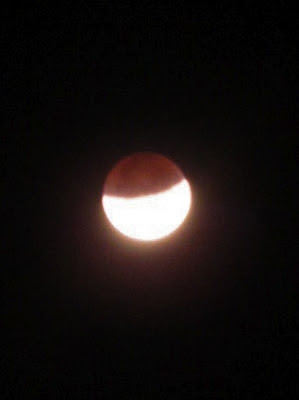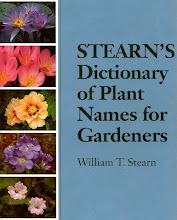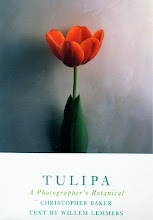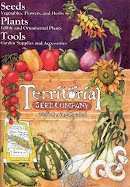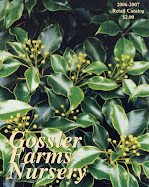Damaliscus dorcas (Bontebok) Bontebok National Park July 2009
Alcelaphus buselaphus (Hartebeest) & Acacia karoo (Thorn Tree) Bontebok National Park July 2009
Langeberg Mountains, Bontebok National Park July 2009
Recently burned fynbos in Bontebok National Park July 2009
Fynbos in Bontebok National Park July 2009
In July of 2009 I spent 24 days in the Western Cape Province of the Republic of South Africa (RSA). As you probably know, July is a winter month in the Southern Hemisphere, corresponding to January in the Northern Hemisphere. But it is January as you might experience it in southern California. The Western Cape Province has a Mediterranean climate. It is dry in summer & rains in winter. After 6 mostly rainy days in Cape Town, then 6 mostly sunny days in the beach town of Hermanus, I spent 6 days of variable weather in the small town of Bredasdorp on the Agulhas Plain. I stopped at Bontebok National Park on my way from Bredasdorp to Swellendam.
From the website: A part of the Cape Floral Kingdom, now heralded as a world heritage site, Bontebok National Park always offers something in bloom. The Park is proud to promote its achievements in biodiversity conservation, from the endangered fynbos veld type, coastal Renosterveld to the namesake bontebok! Once these colorful antelope numbered a mere 17, and through effective management we are proud to affirm that the present world population amounts to around 3000. The Park offers much more for nature lovers, from a diversity of indigenous animal life to over 200 remarkable bird species. The Breede River provides an idyllic western border to the park and offers guests scenery, bird watching, fishing, and a refreshing swimming spot. Visitors can also get a profound familiarity of the Park’s endless sights and sounds while on one of the various hiking trails or on a winding bike trip.
From the website: A part of the Cape Floral Kingdom, now heralded as a world heritage site, Bontebok National Park always offers something in bloom. The Park is proud to promote its achievements in biodiversity conservation, from the endangered fynbos veld type, coastal Renosterveld to the namesake bontebok! Once these colorful antelope numbered a mere 17, and through effective management we are proud to affirm that the present world population amounts to around 3000. The Park offers much more for nature lovers, from a diversity of indigenous animal life to over 200 remarkable bird species. The Breede River provides an idyllic western border to the park and offers guests scenery, bird watching, fishing, and a refreshing swimming spot. Visitors can also get a profound familiarity of the Park’s endless sights and sounds while on one of the various hiking trails or on a winding bike trip.
From my journal, 7-27-09: At Bontebok National Park I walked through a forest of thorn trees (Acacia karoo) 15 feet tall & Aloe ferox 10 feet tall. The effect was very strange, African & (with all of the sharp thorns) somewhat menacing. There was Podocarpus elongatus closer to the Breede River. As I was walking, I heard a loud snort. I took out my camera & walked cautiously around a bush to see a hartebeest charging away through the underbrush. I got a picture only from a distance. The forest floor was mostly Oxalis & Asparagus. There was Carpobrotus edulis where it was more open. I saw 2 groups of bontebok, another hartebeest & a steenbok from the car. There was fynbos with Protea compacta, Leucadendron salignum & a tall Erica with pink flowers. But mostly it was short Luecadnedrons, short restios, grass & a few short, undistinguished gray shrubs.

















